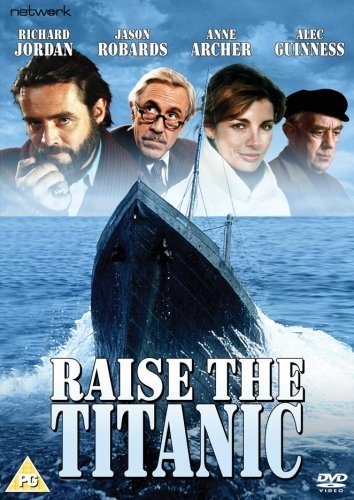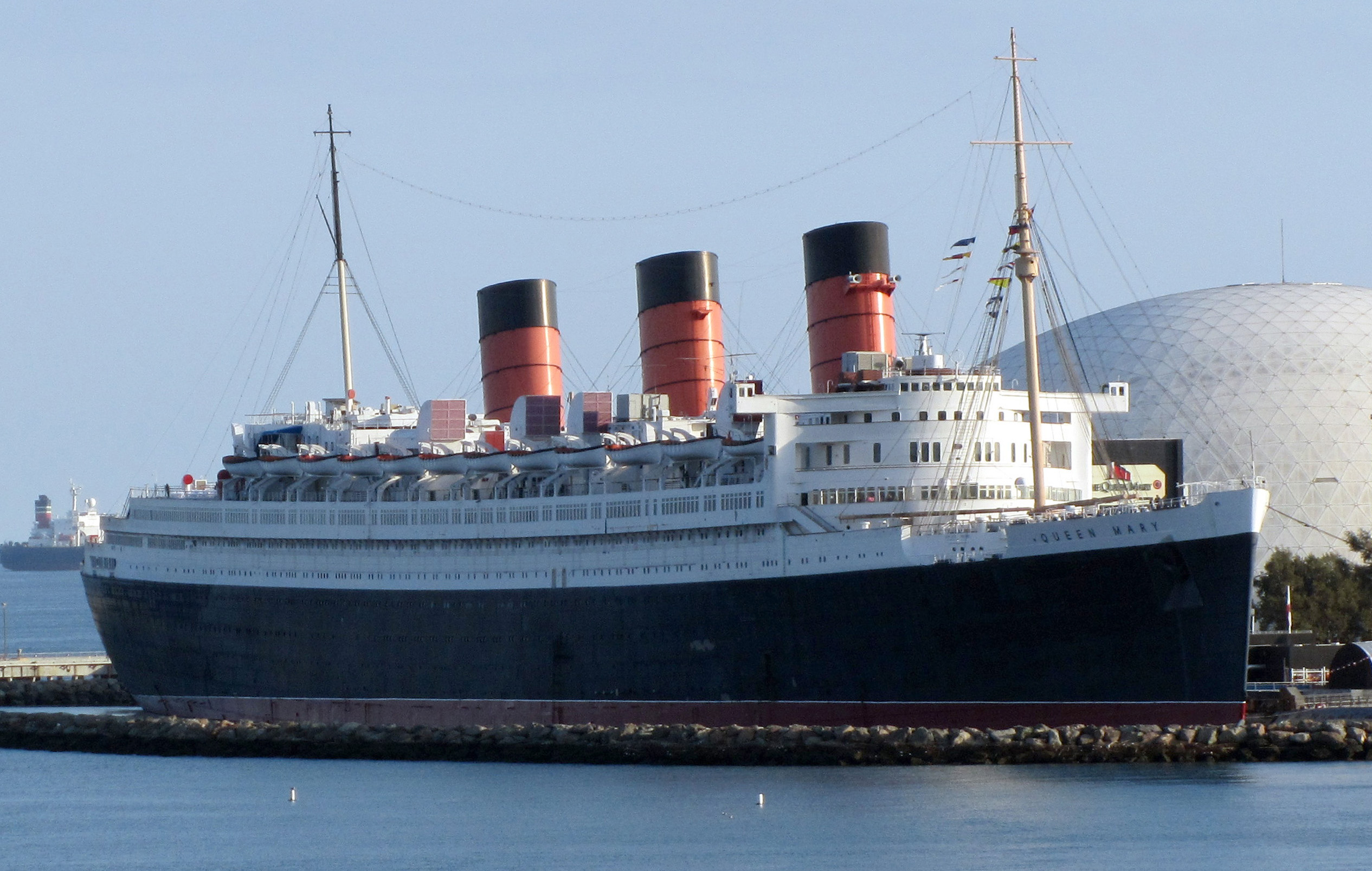It’s pretty hard to get together research for a decent blog post during a global pandemic. I’ve got to learn a language, discover a skill, homeschool a child, clean the house, journal, do P.E. with Joe and all that other stuff we can apparently do because we’re in lockdown. If y’all can get on all that, kudos. My lockdown has a lot more Disney+ and a lot less productivity. Whoop whoop. So in the meantime, have some trivia regarding dramatisations of the R.M.S Titanic and stay safe!
In 1886 newspaper editor William Thomas Stead published a short story, ‘How the Mail Steamer Went Down in the Mid-Atlantic by a Survivor’. In it, a mail steamer collides with another ship in the Atlantic but without enough lifeboats to save all the passengers aboard leading to the deaths of seven hundred passengers. In an editorial note, Stead wrote, “This is exactly what might take place and will take place if liners are sent to sea short of boats”.
Stead, a passenger in First Class, died on the Titanic. In A Night to Remember (1958) an actor playing Stead sits in the place of his last sighting, reading the short story.
The first dramatisation of the Titanic came just twenty-nine days after the event itself. The silent film ‘Saved From the Titanic’ premiered in the United States on May 14th 1912, starring Dorothy Gibson, an actress who had actually survived the sinking and produced by her lover Jules Brulatour of the Eclair Film Company. Dorothy played a partially fictional version of herself having written some of the script herself to reflect her experiences and wore the same clothes that she had been saved in. The film would be Gibson’s last as she suffered a mental breakdown during the filming.

Saved From the Titanic was one of three films released about the ship the year that it sank. The other two were the French production La Hantise (October 1912) and the German film In Nacht und Eis (August 1912).
Atlantik (1929) was the first Titanic film to include sound and the first full-length German film ever made. The title came from the titular ship used in the fictionalised dramatisation as the White Star Line refused their permission for the production to use the name ‘Titanic’.
Josef Goebbels produced Titanic (1943) as a Nazi propaganda film, yet it introduced many tropes and themes that would become staples of Titanic dramatisations. It was the first to combine fictional characters with historical events, the first to be called ‘Titanic’, the first to cast certain historical characters in particular roles (i.e. Ismay as arrogant and pompous), the first to highlight the class differences aboard and depict the way in which the steerage passengers were mismanaged, etc.
Although Titanic (1943) was seized by allied forces, much of its footage of the mock-up ship’s external shots were used in later Titanic films.
A Night to Remember (1958) – based on Walter Lord’s book of the same name – is considered the most historically accurate of Titanic dramatisations employed Titanic’s Fourth Officer, Joseph Boxhall, as its technical adviser.
Margaret Brown was never known as ‘Molly Brown’ but went by ‘Maggie’ or ‘Mrs Brown’. The name ‘Molly Brown’ was first used in the Broadway musical ‘The Unsinkable Molly Brown’ in 1960.
In 1976, novelist Clive Cussler published the adventure novel ‘Raise the Titanic’. It was made into a film in 1980 (the last film production regarding the Titanic before the wreck was discovered) and was so poorly received by the public and Cussler that he refused to allow any further movie rights for his novels. (He relented for the making of Sahara in 2005 which he also hated).

The first feature-length Titanic film to be made in colour was the television movie S.O.S Titanic in 1979.
The wreck of the Titanic was not discovered until 1985 where it was revealed that the ship had broken in two. Survivor statements had conflicted on this matter, but it was ruled that the ship had probably sunk intact and as such dramatisations of the Titanic sinking showed the ship going down in one piece.
The television movie Titanic (1996) was rushed through production (to its detriment) so that it would be released before James Cameron’s Titanic (1997) and was the first dramatisation to show the ship breaking in two as it sank.
In Titanic (1997) the scenes set in 1912 have a combined running time of two hours and forty minutes, the time it took for the Titanic to sink, while the collision scene clocks in at thirty-seven seconds, the amount of time the actual collision was thought to have taken.
The budget for Titanic (1943) equalled the cost of building the actual Titanic, while the cost of filming Titanic (1997) exceeded it.
The Legend of the Titanic (1999) was the first animated feature about the Titanic. It was universally criticised for suggesting that nobody perished during the sinking in favour of promoting an anti-whaling storyline. Another animated film Titanic: The Legend Goes On (2000) has several accolades for the worst animated film ever made.
The R.M.S. Queen Mary was used as a stand-in for Titanic during the filming of S.O.S Titanic (1979) and Titanic II (2010).

If you’d like to join me for more fun and games in picking apart history, and other behind the scene tangents, you can support me via my Patreon.













